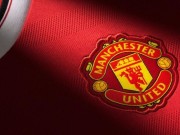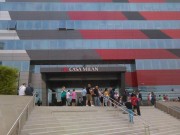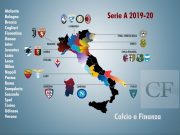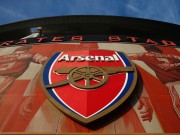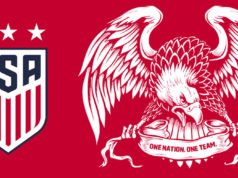Top flight football in the United States is one league that is currently experiencing exponential growth. Major League Soccer has seen a drastic increase of 110% in the total market value of its franchises’ squads since May 2011, increasing from €141.1 million to its current value of €296.25 million.
What really ought to be highlighted is the growth of these franchises. If we look at them in more detail, the team that has recorded the biggest growth in their squad’s value in the last four years is Montreal Impact – the club owned by Bologna president Joey Saputo. In 2011 the team value was €3.85 million but by 2016 it was €13.7 million, an increase of 255.8%.

Photo: Andrea Staccioli / Insidefoto
On the flip side, New York Red Bulls saw a much smaller increase in the value of their squad, which went up 7.4% from €13.9 million to €14.93 million.
The first aspect that is worthy of mention is the direction that the franchises have taken, facilitated by the league’s own management style. The average market value of an MLS squad is €14.81 million, and consequently Montreal have been able to bring in players with a slightly higher than average transfer market value while the New York Red Bulls have retained players whose values are around the average.
This isn’t something that should be overlooked, because the way the competition is managed allows every franchise to have the chance to invest in order to be able to start a new cycle from the perspective of both their personnel and their finances, as the league’s president (the Commissioner) Don Garber has repeatedly stated.
Take New England Revolution, for example. They play at the Gillette Stadium, also home to the New England Patriots, which can seat 68,756 people. The stadium is located in Foxborough, a small town in Massachusetts which has a population of 17,087. It’s hard to imagine a stadium with a capacity of almost 70,000 would be found in Europe in a town whose population is less than 20,000 people.
The MLS franchises’ income can largely be broken down into the following: ticket sales, broadcast rights, league sponsorship, team sponsorship and player sales. These reach – according to the most recent figures available – a total value of $233 million.
The costs, meanwhile, fall into the following categories: player wages, player development, stadium costs and teams’ back-office functions, which in total come to $372 million.
The net result is a $139 million loss, which works out as an average loss of $7 million per franchise.
Player development is an important aspect of costs incurred; in the last 10 years, MLS clubs have invested more on average on developing their own players, equivalent to around $20 million a year, than paying player wages, an annual cost of $11.5 million.
What makes MLS stand out compared to other leagues is the process by which its clubs grow; although it isn’t producing sustainable results at the moment, in the long term the fact that they are carrying every team in the league forward at the same level (even if the current market value of every team put together is equivalent to a mid-table European side), added to the fact that the MLS management structure has made the system appropriate for every franchise to achieve a ‘break-even point’, will allow the league to reap benefits that will be envied across the football world.


